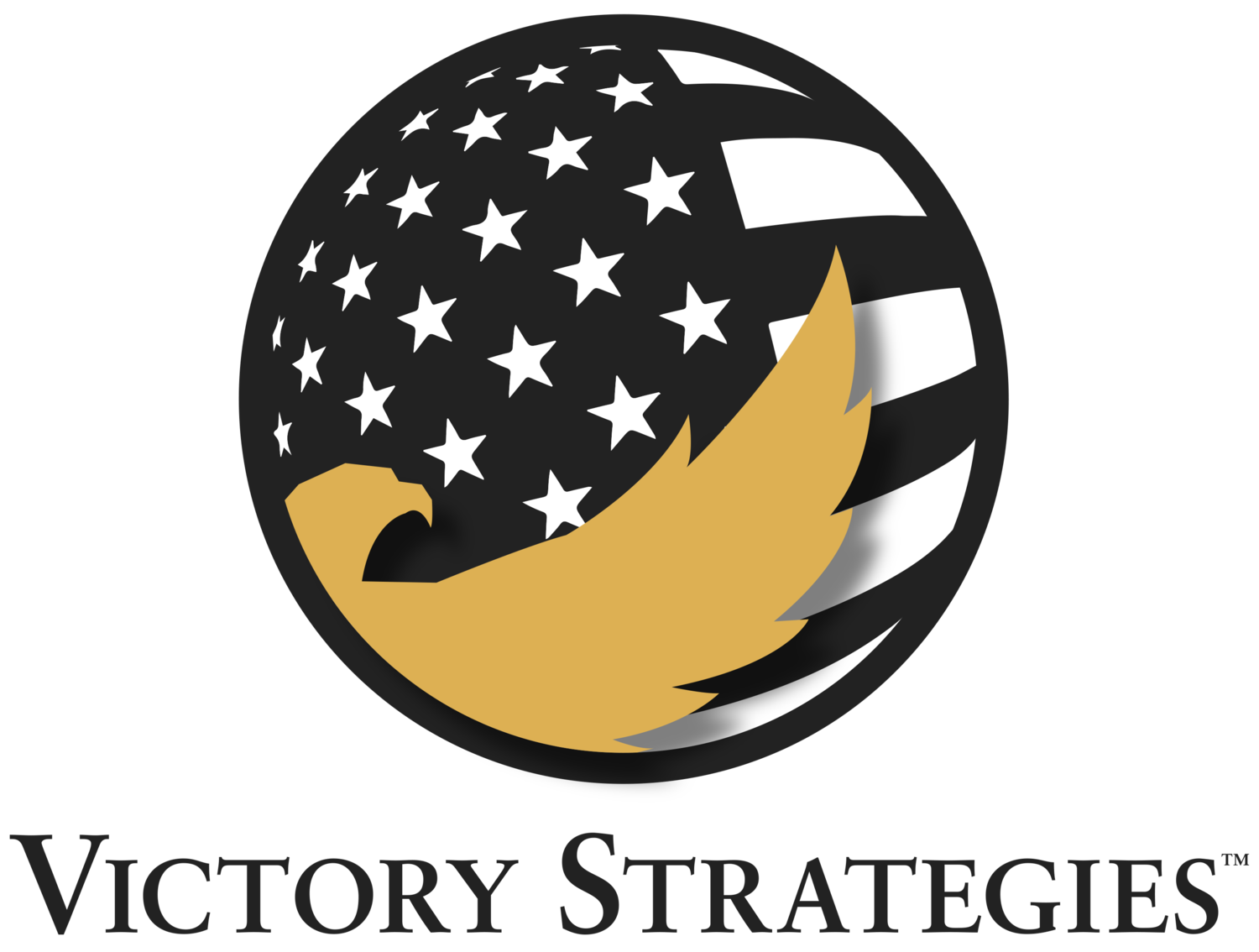Almost all problems, solutions, and performance metrics can be driven back to humans. Often times, humans within a team.
We invest in manufacturing equipment, software, materials, marketing efforts, and infrastructure but how intentional are we at investing in our people? We have heard it time and time again, “our people are our most valuable resource.”
Does your reinvestment spend back that statement up?
Within this article, I will be sharing data and scientific research on the answer to the question above.
The International Coaching Federation (ICF) shared that as of 2023, the leadership and executive coaching industry has reached a value of $5B. PWC states that coaching is the second fastest growing industry in the world. Both are pretty bold statistical analyses.
The bottom line is, coaching and leader development isn’t just normal now, it’s expected.
Coaching within the United States accounts for approximately $1.2B of global market share and is growing at a rate of approximately 6% each year (Market Research).
In 2023, the national averages of company investment in Leadership Development Training and Coaching categorized by size of the company is shown here (Training Magazine):
Small Companies (100-999 employees): $459,177
Midsize Companies (1,000-9,999 employees): $1.5M
Large Companies (10,000+ employees): $16.1M
Here’s what happened to organization’s training budgets this year broken down by industry:
Only 40% of organizations this year reported an increase in the Leadership Development Training budgets for 2024.
One of the most important comparative analyses an organizational leader can do is to first see how their organization compares to the global averages of other companies their size in regards to how much is invested in Leadership Development Training. Then, to explore whether or not their organization’s budget for training increased, decreased, or maintained the same as last year.
Why do these comparative analyses matter?
Because your competitors are included in the industry averages and it is a deficiency to be investing less in your people than your competitors are but it is a competitive advantage to be investing more in your people than your competitors are.
In 2022, McKinsey & Co reported that the number one reason people were quitting their jobs or going to a competitor was a lack of career and professional development for them at their organization. And to combat that, organizations are beginning to be more intentional about their investment into their team member’s leadership development and growth. This year, in 2023, 35% of organizations increased their training budget to pre-pandemic levels (Training Magazine).
The statistics and data collection on the return of investment (ROI) leadership development training and coaching provides to an individual and organization’s performance continue to be eye-opening:
“We estimate that Executive Coaching from a quality team will result in a 500% ROI for organizations”– Harvard Business Review
A study on executive coaching by the International Coaching Federation (ICF) showed the median company return was 700%, indicating that typically a company can expect a return of seven times the initial investment.”
“Companies who combine coaching with training increase employee productivity over 80%” - Bureau of Justice statistics
“Companies that offer training alone experience 22.4% increase in productivity, but when combined with coaching that figure rises
to 88%” -Public Personnel Management.“2/3 of employees say culture is the most important factor when they are deciding to stay with an employer.” -MIT Sloan Management Review
“For every $1 invested in leadership development, companies reported an average ROI of $7.90” – International Coaching Federation
Here’s the bottom line: Leadership development training and coaching is becoming increasingly utilized by organizations to accelerate their leadership and performance. If an organization lacks the assertiveness to invest in these performance enhancers, they are at a disadvantage because statistics show their competition is prioritizing leadership development for their team members.
Again, here are the 2023 national averages of company investment in Leadership Development Training and Coaching categorized by size of the company is shown here (Training Magazine):
Small Companies (100-999 employees): $459,177
Midsize Companies (1,000-9,999 employees): $1.5M
Large Companies (10,000+ employees): $16.1M
…How do you compare?
Authored By: Jacob Werksman, CEO
Sources:
https://trainingmag.com/2023-training-industry-report/
https://www.mckinsey.com/capabilities/people-and-organizational-performance/our-insights/the-great-attrition-is-making-hiring-harder-are-you-searching-the-right-talent-pools
https://techrseries.com/e-learning-training-and-development/how-much-do-businesses-spend-on-employee-training/
https://learnexperts.ai/blog/how-much-do-companies-spend-on-training-per-employee/
https://www.shrm.org/executive/resources/pages/learning-development-2023.aspx#:~:text=They%20will%20increasingly%20rely%20on,be%20leveraging%20other%20emerging%20technologies.
https://www.shrm.org/hr-today/trends-and-forecasting/research-and-surveys/Documents/2022%20Workplace%20Learning%20and%20Development%20Trends%20Report.pdf


